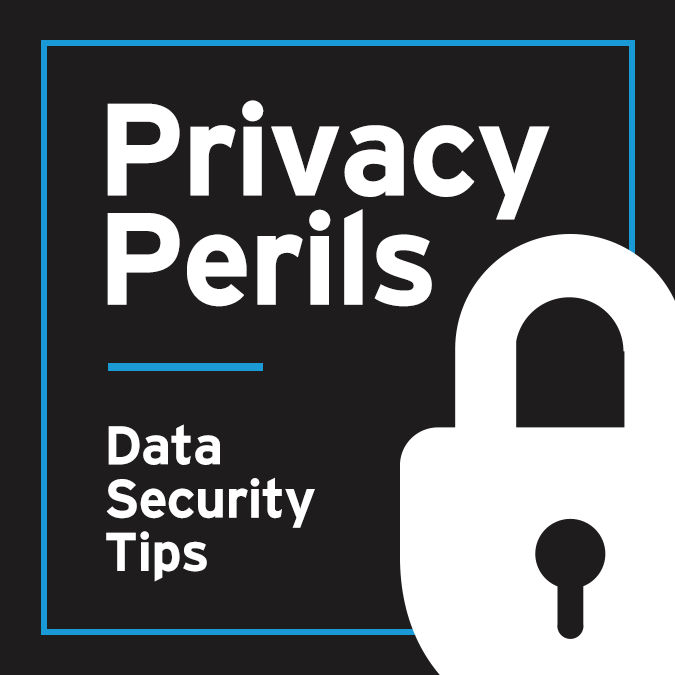If you’re like most other people in the world, 99.99% of the time you choose not to review the privacy policy of your favorite apps or online services. However, they are becoming a lot easier to read, thanks in part to the European Union’s new rules for transparent data collection and use notices under the GDPR, as well as public pressure on companies like Facebook, whose data sharing practices are increasingly coming under the microscope and raising eyebrows.
It really is a good idea to at least skim through the front half of privacy policies, which is usually where you can find what information the app or service collects from or about you, how they use that information, and who they share it with – all important things to know and keep in mind, especially when you’re using a free app or service.
If you remain unconvinced and uninspired, and want a different way to read a privacy policy, a group of researchers at Switzerland’s Federal Institute of Technology at Lausanne (EPFL), the University of Wisconsin, and the University of Michigan announced this spring a tool called Polisis (short for “privacy policy analysis”). Polisis uses machine learning to automatically read and interpret any online service’s privacy policy. In about 30 seconds, Polisis can read a privacy policy it’s never seen before and extract a readable summary, displayed in a graphic flow chart, of what kind of data a service collects, where that data could be sent, and whether a user can opt out of that collection or sharing. It visually displays the most important elements of the policy, including what types of data collection and sharing you have no choice about if you elect to use the service.
So, while reading through an entire privacy policy is probably not at the top of your list of fun things to do, it is important to understand what data you are allowing to be shared about you. Polisis can help make the sometimes dense language, and the data practices it describes, easy to understand.
 Check out our series, Privacy Perils, to learn what steps you can take to guard your personal and company data. For more information about this topic and other cyber security concerns, please contact a member of our Privacy & Data Security team.
Check out our series, Privacy Perils, to learn what steps you can take to guard your personal and company data. For more information about this topic and other cyber security concerns, please contact a member of our Privacy & Data Security team.


